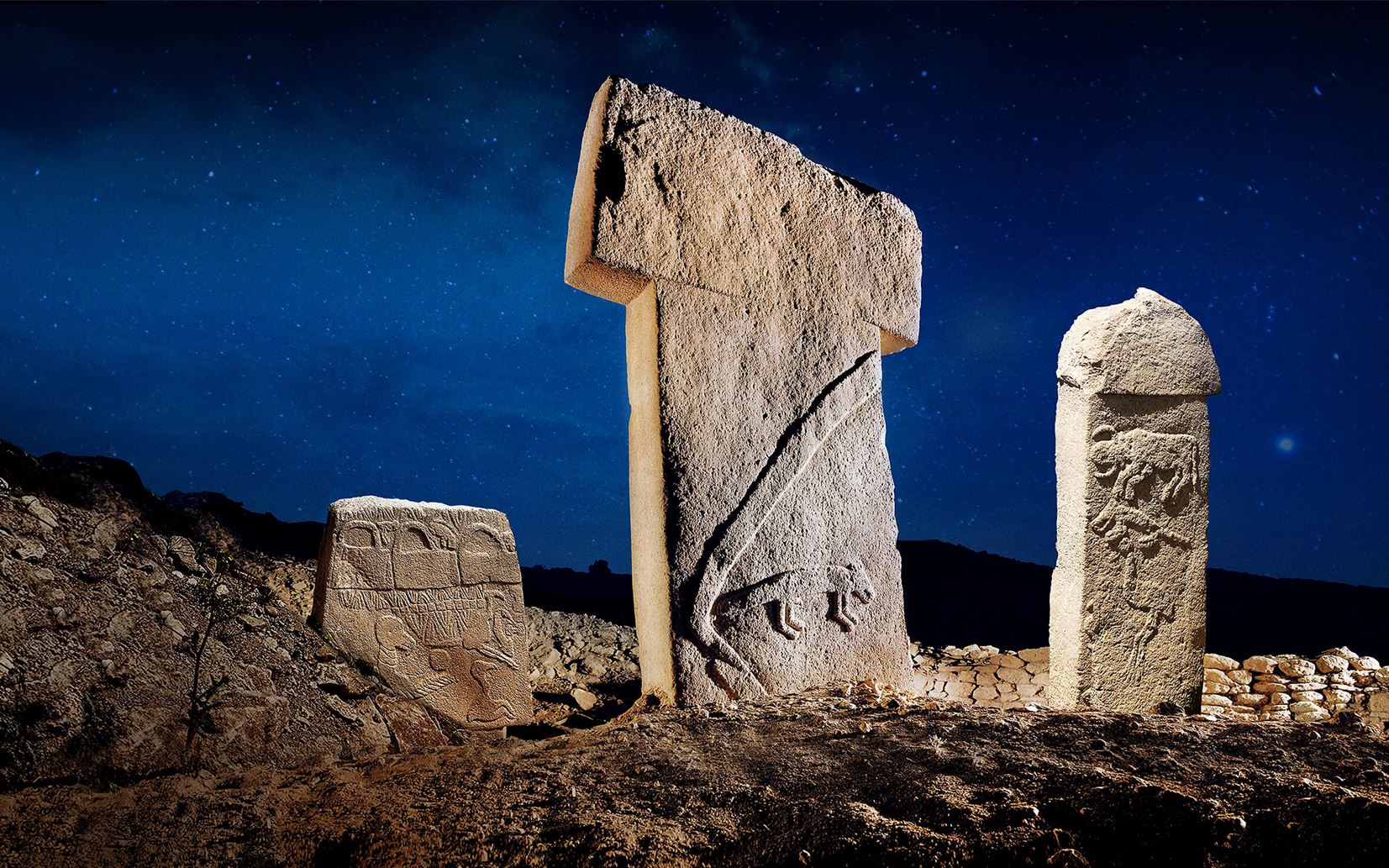
Taştepeler – Land of grand transformation
Spot: Last hunter-gatherers, first settlers
Covering an area of 200 km from one end to the other, Taştepeler is an Anatolian and Upper Mesopotamian region which hosted the earliest settled communities. With a twelve-thousand-year-old history, the region was the stage of an important transformation in world history – the transformation that took us from hunter-gatherer lifeways to the first sedentism, new dietary habits and a new way of life during Neolithic era.
Göbeklitepe’s history traces to 9600 BCE and reflects an uninterrupted period of 1500 years. This time frame refers to neither one place, nor a given moment: the process had happened in a vast region and had remained dynamic for a long time.
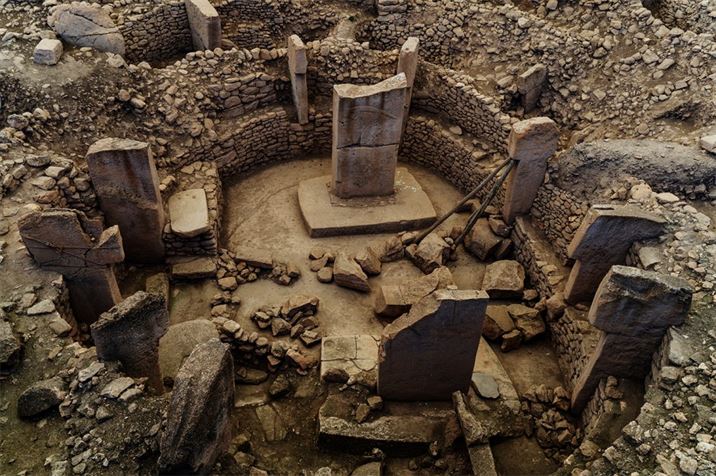 Anatolia is the place where today’s civilisation was born. It is also the place par excellence where humans established the first long-haul commercial relations, tried to tame animals and to do agriculture, founded villages for the first time, and built the world’s oldest monumental structures. All these constitute also the most important features of modern human life.
Taştepeler is a must-see-land to explore the change in human history and the grand transformation from hunter-gatherer lifestyle to farming.
A two-day trip to Şanlıurfa gives the chance to visit the twelve main sites to explore the earliest settlements of mankind. Some of these big and small sites are now excavation sites that will enlighten a crucial yet little-known period of history. In addition to these sites, Şanlıurfa Archaeology Museum showcases some stunning artefacts and items from Palaeolithic and Neolithic eras including the world-famous Urfa Man –a limestone sculpture from the Pre-Pottery Neolithic era.
Anatolia is the place where today’s civilisation was born. It is also the place par excellence where humans established the first long-haul commercial relations, tried to tame animals and to do agriculture, founded villages for the first time, and built the world’s oldest monumental structures. All these constitute also the most important features of modern human life.
Taştepeler is a must-see-land to explore the change in human history and the grand transformation from hunter-gatherer lifestyle to farming.
A two-day trip to Şanlıurfa gives the chance to visit the twelve main sites to explore the earliest settlements of mankind. Some of these big and small sites are now excavation sites that will enlighten a crucial yet little-known period of history. In addition to these sites, Şanlıurfa Archaeology Museum showcases some stunning artefacts and items from Palaeolithic and Neolithic eras including the world-famous Urfa Man –a limestone sculpture from the Pre-Pottery Neolithic era.
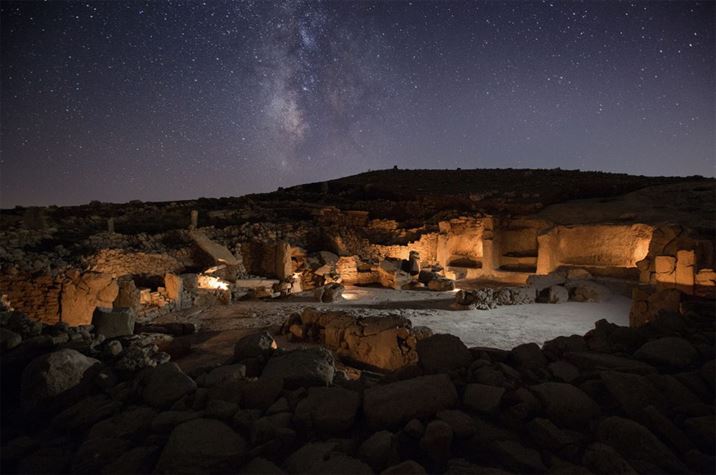 Göbeklitepe: a striking example of the first Neolithic settlements
Göbeklitepe dating back to 11,500 years ago is home to earliest vestiges about belief in the world, Göbeklitepe is one of the most important known centres of Neolithic Age. Communities who lived in this primaeval marvel, passed from hunting-gathering to sedentism and built monumental megalithic structures. The T-shaped limestone pillars set in the middle of the structures are one of the first manifestations of human-made monumental architecture. The monuments are believed to be used in social events and rituals.
Some structures are up to 20 metres in diameter, where terraces stretch along the walls and T-shaped and equally spaced stelae are installed in the middle.
In the centre of 12 stelae around, there are two other stelae whose weight reaches 15 tons. The steles, some of which are 5.50 metres high, are decorated as if they were mythological representations: depictions of wild animals, geometrical figures, and few abstract depictions of humans.
Göbeklitepe: a striking example of the first Neolithic settlements
Göbeklitepe dating back to 11,500 years ago is home to earliest vestiges about belief in the world, Göbeklitepe is one of the most important known centres of Neolithic Age. Communities who lived in this primaeval marvel, passed from hunting-gathering to sedentism and built monumental megalithic structures. The T-shaped limestone pillars set in the middle of the structures are one of the first manifestations of human-made monumental architecture. The monuments are believed to be used in social events and rituals.
Some structures are up to 20 metres in diameter, where terraces stretch along the walls and T-shaped and equally spaced stelae are installed in the middle.
In the centre of 12 stelae around, there are two other stelae whose weight reaches 15 tons. The steles, some of which are 5.50 metres high, are decorated as if they were mythological representations: depictions of wild animals, geometrical figures, and few abstract depictions of humans.
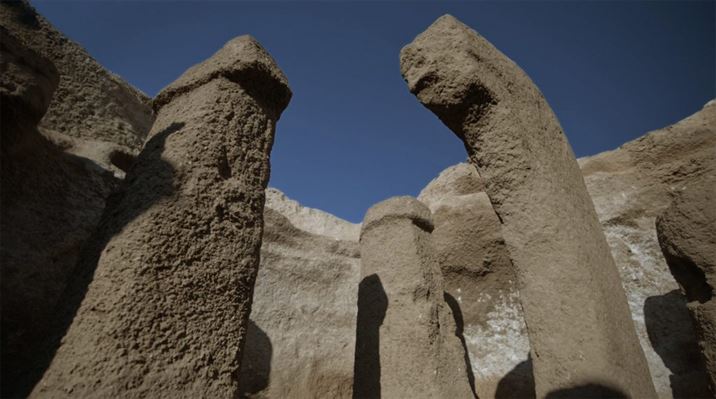 Karahantepe: a vast land with mysteries to be revealed
Discovered in 1997, Karahantepe is a 46-kilometre drive to the city centre of Şanlıurfa. First excavations on site started in 2019. Spreading on an area of 140,000 sqm, the site has more than 250 T-shaped megaliths that are easily seen on the site. These stelae, proofs of many structures carved into the bedrock, are decorated with human and animal depictions –along with various animal depictions, it is also possible to see a lot of human depictions.
Karahantepe promises important information to solve the enigma of an unexplored era in history.
Did you know that?
Karahantepe: a vast land with mysteries to be revealed
Discovered in 1997, Karahantepe is a 46-kilometre drive to the city centre of Şanlıurfa. First excavations on site started in 2019. Spreading on an area of 140,000 sqm, the site has more than 250 T-shaped megaliths that are easily seen on the site. These stelae, proofs of many structures carved into the bedrock, are decorated with human and animal depictions –along with various animal depictions, it is also possible to see a lot of human depictions.
Karahantepe promises important information to solve the enigma of an unexplored era in history.
Did you know that?
- As far as we know, Taştepeler region is the first example of sedentism and social union on Earth.
- 12,000 years ago, this period of transformation where shelters became houses and real villages appeared.
- In Taştepeler, human beings experimented examples of organized labour and specialisation the first time.
- It is believed monumental megalithic structures were communal spaces where people gathered.
- Sedentism engendered new methods for food purveyance and storage. Human beings developed skills to store and supply stored food in the region.
- During the later stages of the period, new eating habits caused the production of terracotta bowls, and dishes cooked in sauce became a new element of nutrition. For the very first time, humans were able to use utensils and conduct basic trade.

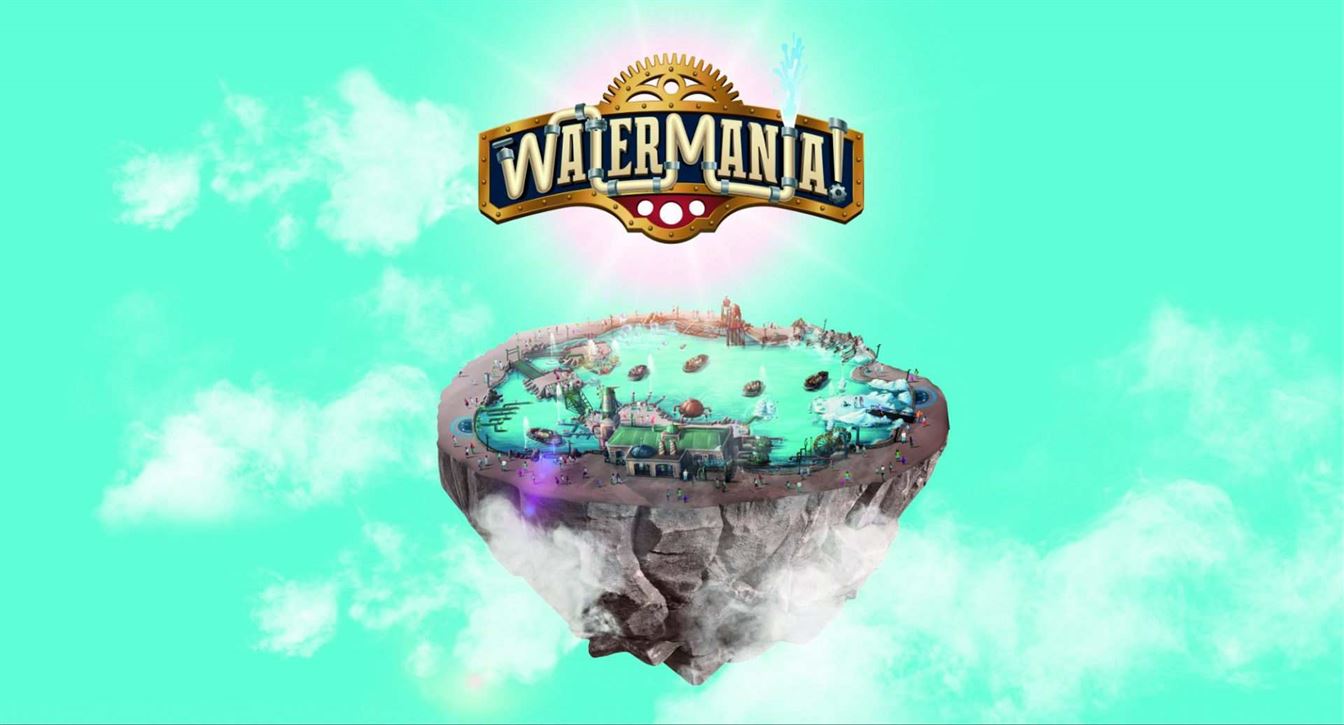

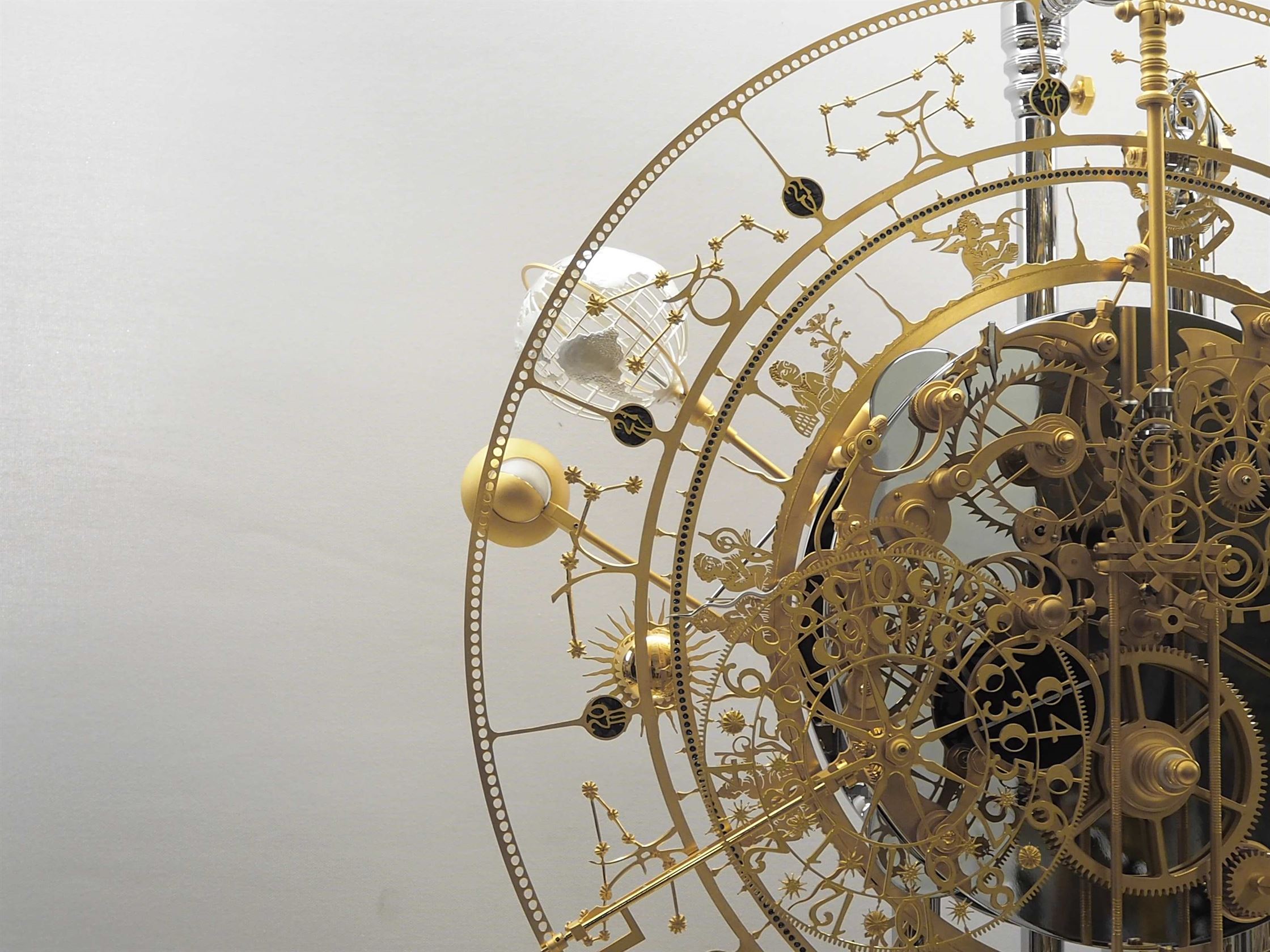





Comments